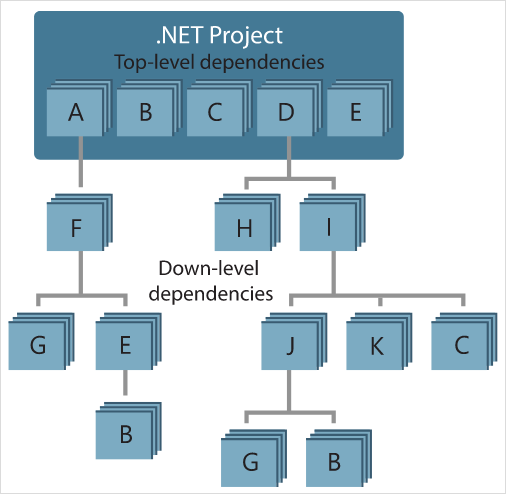

The open source ecosystem continues to evolve at an incredible pace, making it one of the most exciting spaces for developers, engineers, designers, and organizations worldwide. Whether you are a newcomer learning to set up your first repository or an experienced contributor managing distributed development workflows, this section — Tutorials & How-Tos — is designed to help you build real-world skills through step-by-step, actionable guidance.
Open source software isn’t just about code; it’s about community, collaboration, and continuous learning. Tutorials make complex development processes accessible, allowing anyone to participate in innovation without costly barriers. Through our curated tutorials, you’ll discover how to:
Install and configure open source tools for your projects.
Understand version control systems such as Git and GitHub.
Manage dependencies with NuGet and other package managers.
Contribute effectively to community-driven repositories.
Secure, document, and maintain your open source releases.
Our goal is to help readers not only consume open source software but also contribute to it meaningfully.
Each tutorial follows a hands-on approach. Instead of abstract theory, we focus on real implementation examples. From integrating APIs and building modules to managing issues and pull requests, these guides are written for readers who learn best by doing.
We’ll show you how to:
Build your first open source package.
Test and deploy open source applications on popular platforms.
Automate builds and CI/CD pipelines using open technologies.
Collaborate with global contributors across time zones.
With practical walkthroughs, screenshots, and code snippets, every How-To aims to shorten the learning curve and make open source accessible to everyone.
Across our tutorials, you’ll encounter tools that power today’s open source ecosystem:
GitHub, GitLab, and Bitbucket for code collaboration.
Docker and Kubernetes for containerization and orchestration.
Visual Studio Code, Eclipse, and JetBrains IDEs for efficient development.
NuGet, npm, PyPI, and Maven for package management.
Jenkins, CircleCI, and GitHub Actions for continuous integration.
Each guide highlights best practices for setup, configuration, and workflow optimization — empowering you to build scalable, maintainable, and secure open source software.
This category is structured to serve multiple experience levels:
Beginner Tutorials: Start with foundational guides such as “Introduction to NuGet” and “What is CodePlex?”. These will help you understand open source fundamentals, repositories, and community participation.
Intermediate Guides: Explore how to optimize your workflow with posts like “Integrating Open Source Tools into Your Development Workflow” or “Best Practices for Designing a Secure NuGet Package”.
Advanced How-Tos: Dive into specialized topics such as licensing integration, versioning strategies, and multi-platform deployment automation.
By interlinking guides across experience levels, you can progress naturally through the learning path — building a deep, working knowledge of modern open source development.
At Outercurve, we believe that the best tutorials are collaborative. Every post is built around community input, real project experiences, and feedback from open source professionals. You’ll find references to case studies like “How Open Source Software is Changing Polish Cities” to see how real organizations apply the same tools we teach.
Each tutorial is written with clarity, accessibility, and open feedback in mind — so you can experiment confidently and share your learnings with others.
Open source thrives on shared knowledge. Through these Tutorials & How-Tos, you’ll gain the skills and confidence to become part of that movement — contributing code, writing documentation, reporting bugs, or mentoring newcomers.
Whether you’re deploying a single package or orchestrating a multi-module platform, the open source way begins here: transparent, collaborative, and endlessly adaptable.